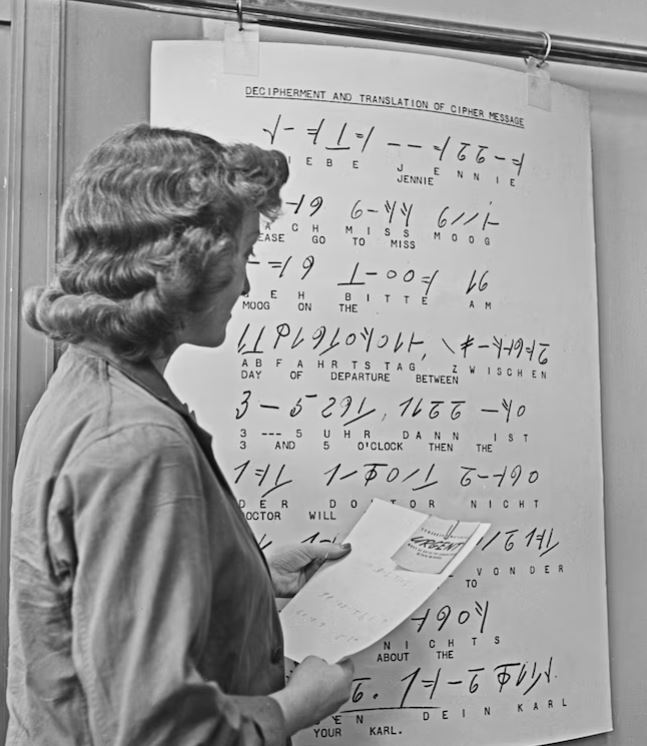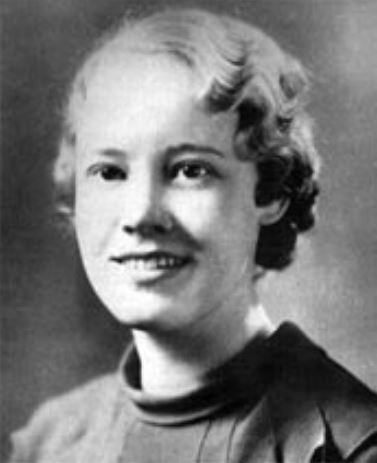As we celebrate women’s history month we take a look at a rather unknown player in the battle to win WWII. We’re referring to the female codebreakers used by the U.S. Army, better known as the Code Girls, these brave women were hand-selected for service and were experts in mathematics and linguistics.

There were more than 10,000 women who served as cryptographers (code makers) and cryptanalysts (code breakers) for the United States military during World War II, working in secrecy to break German and Japanese codes. By 1945, 70 percent of the Army’s code-breaking team was female.
Among their duties, the women operated code-breaking machines, analyzed and broke enemy codes, built libraries of resources on enemy operations, intercepted radio signals, and tested the security of American codes.

A major accomplishment by female cryptographers was breaking the Purple Cipher. The Purple Cipher was an intricate and improved version of the German Enigma Machine that was created by the Japanese government. The complexity of this machine was revolutionary, but code girl, Genevieve Grotjan Feinstein, along with her team broke the Japanese codes in less than six months. The result of their work allowed the U.S. naval forces to plan and execute the Battle of Midway, ultimately changing the course of World War II in the Pacific.
Throughout March you can do your part to support women’s rights and improve the lives of women across the globe. Some steps you can take on your own are:
- Explore the history of women’s rights
- Be aware of issues women still face today
- Support women-owned businesses
- Support a women’s nonprofit or shelter

